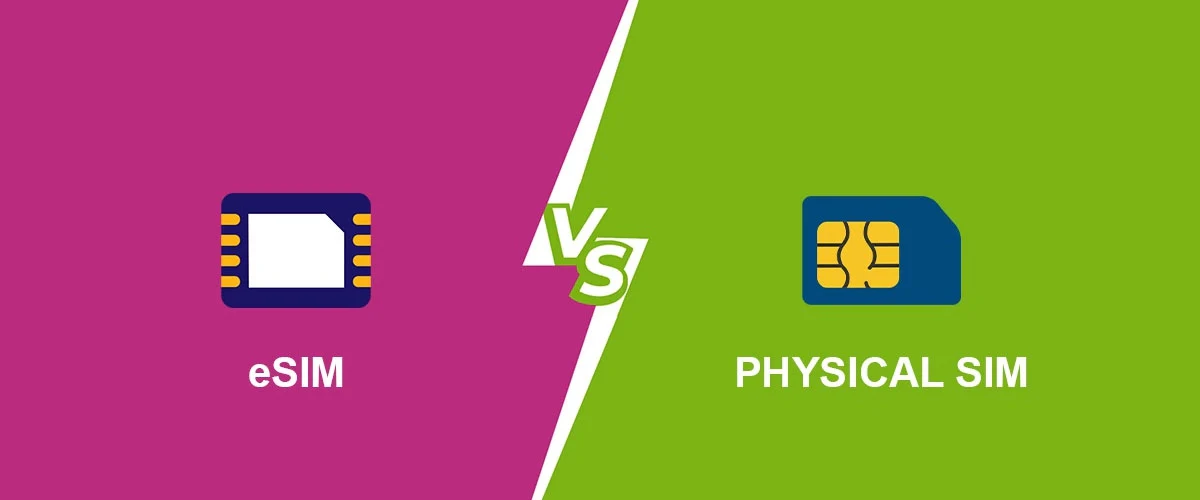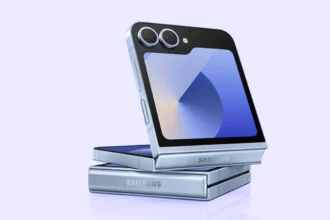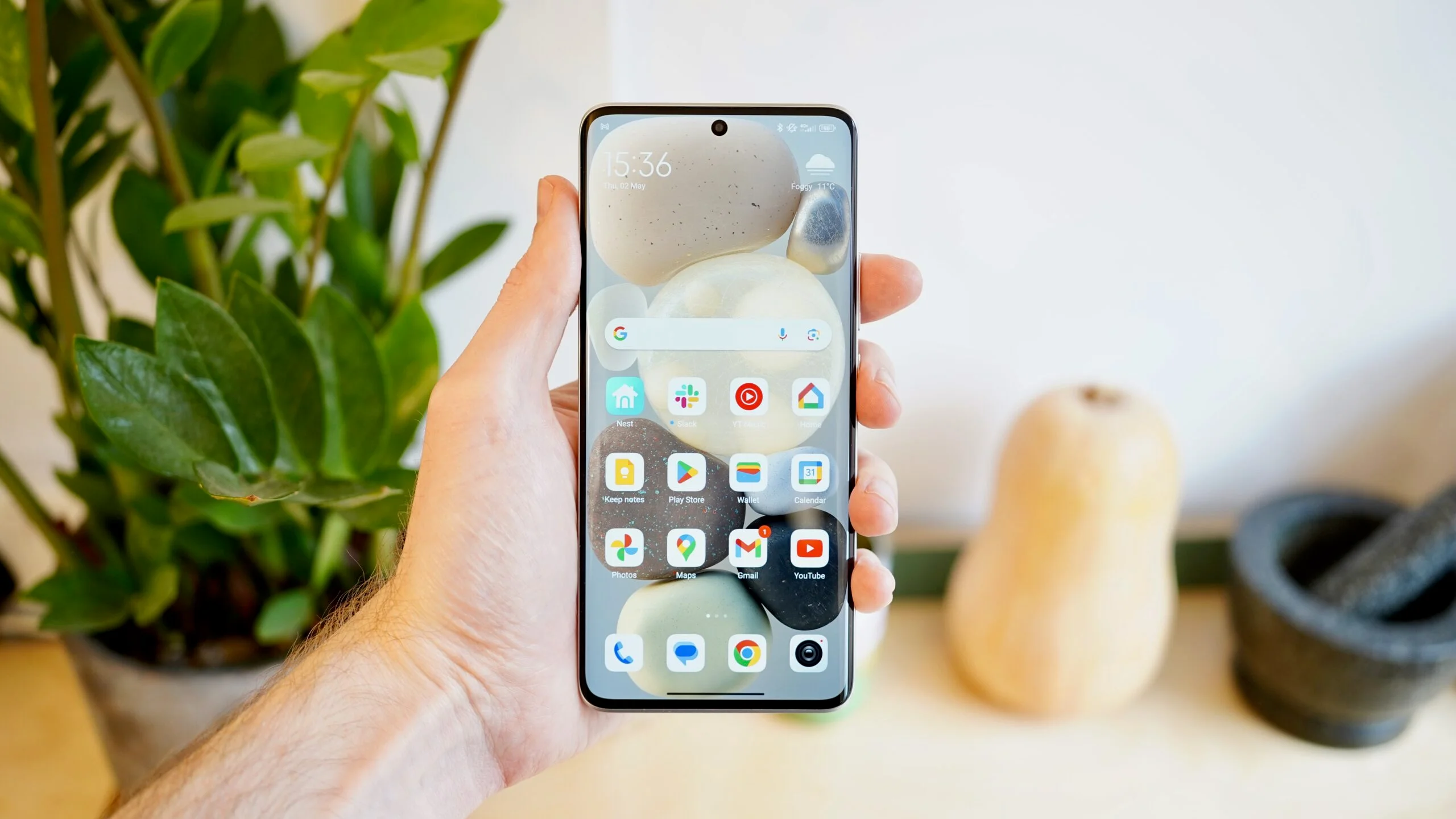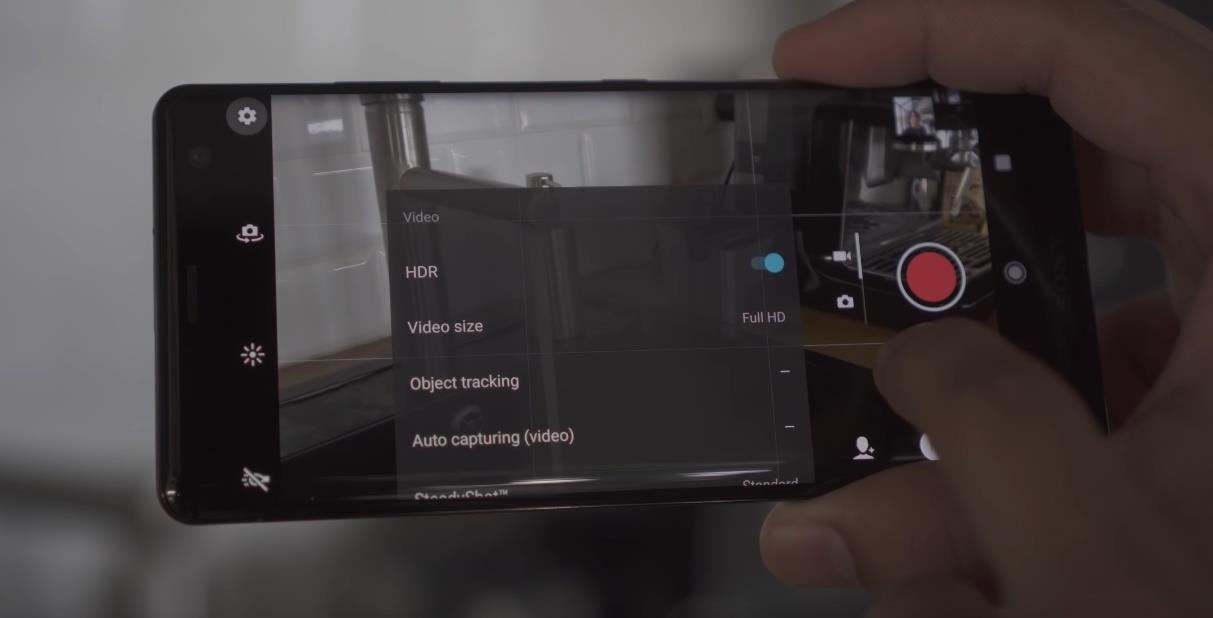The small technologies that make smartphones work also change as they do. One change is the move from the old SIM card to the new digital eSIM. You’re not the only one who has ever wondered what the difference is between eSIM and SIM or tried to choose between the two. As more and more phone makers and mobile carriers support eSIM, it is becoming an important topic for people all over the world.
This guide gives you a full, timeless comparison of eSIM and SIM. It helps you understand what each one does, how they are different, and which one is best for your lifestyle, whether you travel a lot, use two SIM cards, or just want to make sure your smartphone experience is ready for the future.
What is a SIM Card?
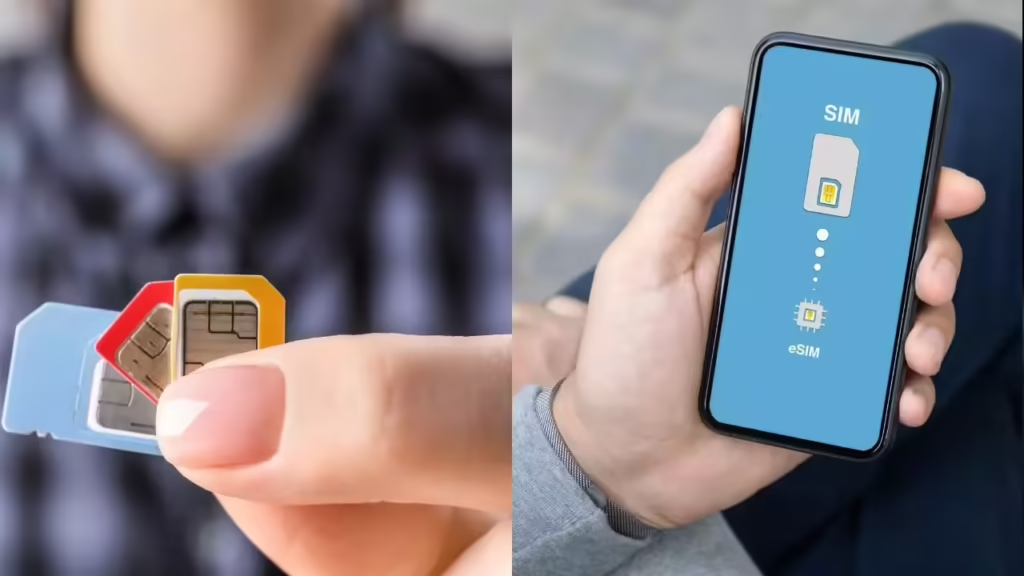
A SIM card, or Subscriber Identity Module, is a small chip that holds information about you as a mobile user. It links your phone to your carrier’s network, which lets you make calls, send texts, and use mobile data.
There are three sizes of SIM cards: mini, micro, and nano. Most modern phones use nano SIM cards. You usually put in a new SIM card to turn on service when you get a new phone or switch carriers.
Important Functions of a SIM Card:
- Keeps the International Mobile Subscriber Identity (IMSI)
- Connects your phone to the network of your carrier
- Allows authentication on the network
- Keeps a small number of contacts and text messages (on older phones)
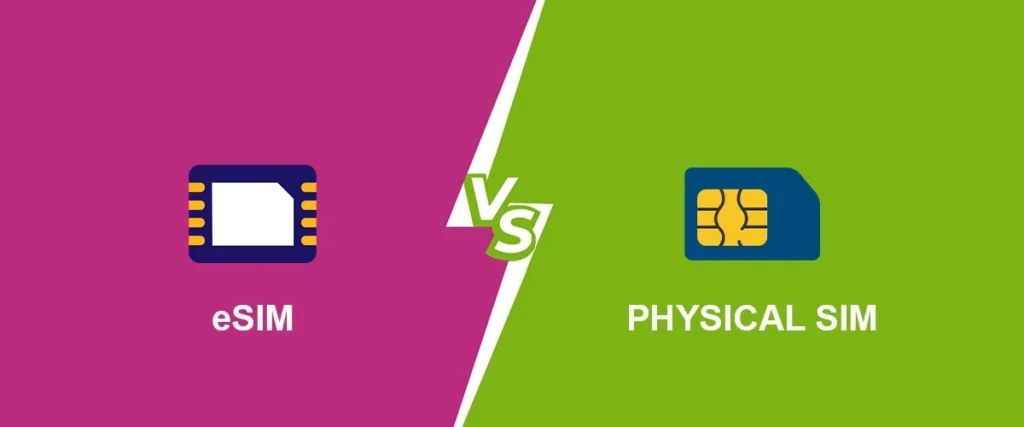
What is an eSIM?
An embedded SIM, or eSIM, does the same thing as a physical SIM, but in a digital way. Instead of putting in a removable card, the SIM information is built right into the hardware of your phone.
You can write over eSIMs, which means you can keep multiple profiles and switch carriers without having to physically change the chip. You can get a carrier profile by scanning a QR code or using the carrier’s app.
Important Things an eSIM Can Do:
- Works like a regular SIM but is built into the device
- Allows mobile service to be set up from a distance
- Can hold profiles for more than one carrier
- Lets you switch right away without a physical card
The Main Differences Between eSIM and SIM
Let’s look at the differences between eSIM and SIM in the most useful way.
| Part | Form Factor for Physical SIM and eSIM |
|---|---|
| Form Factor | Chip that can be taken out / Built into the phone |
| Changing Carriers | Requires changing the SIM card / Software-based switching |
| Setup | Manual (insert and set up) / QR/app activation from a distance |
| Ability to Use Two SIM Cards | Physical dual SIM tray / Dual SIM with eSIM and a physical SIM or two eSIMs |
| Travel Freedom | Needs a local SIM card / Download your profile before or during your trip |
| Device Support | Almost all phones / More and more devices are supported |
| Safety | Can be taken away or stolen / Built-in, harder to mess with |
| Fixing or Replacing | Simple to take off before service / May need to be handled in a special way while being fixed |
| Carrier Lock-In | Easy to change SIM / Sometimes locked to turn on eSIM |
How eSIM Works in the Real World
Think about going to a different country. If you had a physical SIM, you would have to:
- Go to a store near you
- Get a new SIM card
- Get a new one
- Manually set up APN settings
This is how it works with eSIM:
- Before you go, look online for local eSIM plans
- Use an app to download or scan a QR code
- Turn on right away when you get there
- For WhatsApp, banking, and other things, keep your old number active
Phones That Work with eSIM
Every year, more and more phones can use eSIM. Most of the top-of-the-line models from the last few years can use it, either with a physical SIM (dual-SIM capability) or just as an eSIM.
iPhones that work with eSIM:
Samsung Devices:
- Galaxy S20 and later
- The Galaxy Z Fold and Z Flip series
- The Galaxy Note20 series
Google Pixel:
- Pixel 3 and later
Other Brands:
- Motorola Razr
- The Oppo Find X3 Pro
- Huawei P40 and Mate 40 series (some models)
- Xiaomi 12T Pro and later (depends on where you live)
Tip: Always check to see if your model and region support eSIM, because not all of them do.
Pros and Cons of eSIM and SIM
Here is a useful look at the pros and cons of each technology.
eSIM Pros:
- You don’t need a physical card, so you won’t lose it
- Support for two SIM cards without a second tray
- Great for people who travel—change profiles from afar
- Safe—can’t be stolen in person
- Good for the environment because it doesn’t leave plastic waste
eSIM Cons:
- Older devices don’t support it well
- Different carriers or regions may have different ways to activate
- It’s harder to move if your phone is broken or lost
- Without SIM swapping, troubleshooting is hard
Pros of a Physical SIM:
- It works with everything
- Simple to move from one device to another
- You don’t need the internet to switch networks
- Great for backups or places with few tech options
Cons of Physical SIM:
- It’s easier to lose or break
- Takes up space in phone design
- Not good for people who travel a lot
- Not as safe (can be taken off physically)
Setting Up a Dual SIM: A Physical SIM and an eSIM
A lot of phones now have a hybrid dual SIM setup, which means they have both an eSIM and a physical SIM. This setup is perfect for:
- One device for work and personal lines
- Traveling abroad with an eSIM and a local data plan
- People who travel a lot and don’t want to lose their home number
Use case example:
- Keep your home SIM card active so you can get SMS, 2FA, and bank alerts
- Use eSIM to get local data while you’re traveling
Who Should Use eSIM?
1. People Who Travel a Lot
With eSIM, you can change carriers without having to go to a store or use a SIM cutter. You can use a local data plan and keep your old number.
2. People Who Work from Home and Digital Nomads
You can work from anywhere in the world with seamless connectivity and two profiles on one device.
3. Users Who Know How to Use Technology
eSIM gives you more freedom than SIM cards if you like to manage your mobile experience online.
4. People in the U.S. Who Use iPhones
In the U.S., newer iPhones don’t even work with physical SIMs. The only choice you have is eSIM, and it works well.
5. People with More Than One Number
You don’t have to carry two phones to keep your work and personal lines separate.
How to Turn On an eSIM
The steps to activate an eSIM vary by carrier and device, but they are generally as follows:
- Your carrier should give you a QR code or download link to activate your eSIM
- To add a cellular plan, go to Settings > Mobile Network > Add Cellular Plan (this may be different depending on your operating system)
- Follow the instructions to activate or scan the QR code
- Your eSIM profile has been downloaded and is now ready to use
Some carriers let you activate your phone through their mobile app, which makes things even easier.
Is eSIM Safe?
Yes. eSIMs are just as safe, if not safer, than regular SIM cards. It can’t be taken off the device and needs authentication at the device level. That makes it harder for thieves to copy your SIM information or use it in a bad way.
If someone steals your phone, though, your eSIM will still work. So make sure you have a secure lock screen and turn on remote wipe features like “Find My” or Google’s “Find My Device.”
What About Data Plans for eSIM and SIM?
Most big phone companies now offer both eSIM and physical SIM plans. You can often:
- Change plans or carriers without going to the store
- Turn on international data plans right away
- Add plans that only work with data for tablets and wearables
Here are some carriers that support eSIM:
- AT&T, T-Mobile, and Verizon (in the U.S.)
- EE, O2, and Vodafone in the UK
- Orange, Bouygues, and SFR in France
- Airtel, Jio, and Vi in India
- Truphone, Airalo, Ubigi, and Holafly are all global travel eSIM providers
Myths About eSIM That Are Not True
❌ Myth: eSIM uses up more battery power
Truth: eSIM and SIM use the same amount of power. Both are optimized for modern phones.
❌ False: eSIM is only for high-end phones
Truth: Every year, more mid-range phones are getting eSIM support.
❌ Myth: eSIM needs Wi-Fi to work
Truth: You need the internet to download the profile, but once it’s active, it works like any other SIM on your carrier’s network.
What About Other Gadgets?
eSIM is not only for phones. You can now find it in:
- Smartwatches like the Apple Watch and the Samsung Galaxy Watch
- Tablets like the iPad Pro and Surface Pro X
- Laptops that have LTE modems
- Cars that are connected
This lets these devices stay online without your smartphone, which is great for business users or people who work from home.
What Will Happen to SIM Technology in the Future?
Many tech experts think that eSIM will eventually take the place of physical SIMs, especially since manufacturers are focusing on making devices that are thinner and smaller.
For manufacturers, the benefits are:
- More room for parts or batteries
- Better water resistance (no SIM tray)
- Easier logistics
But a lot of people will have to use it first:
- Carrier support in every area
- Awareness and trust among consumers
- Tools that make it easier to switch devices
So, Which One Should You Choose: eSIM or SIM?
Choose eSIM if:
- You travel a lot
- You want a better, cleaner experience
- You like to manage your mobile plans online
- Your device only works with eSIMs, like the iPhone 14 in the U.S.
Choose SIM if:
- You live in an area where eSIM support is limited
- You often switch phones
- You use older or cheaper devices
- You want to be able to physically control your connection
Final Decision: eSIM or SIM
There is no clear winner in the eSIM vs. SIM debate; it all depends on what works best for you. eSIM is the most flexible option, especially for people who travel a lot or use two SIM cards. It’s safe, stylish, and here to stay.
But there is still a place for traditional SIM cards, especially in areas where eSIM isn’t fully supported yet.
As more people use eSIM and carriers make their systems better, we can expect eSIM to become the standard. Until then, knowing what each one is good at and what it can’t do will help you make better choices that will last.
In Short
The difference between eSIM and SIM is more than just a tech buzz; it’s a big change in how mobile connections work.
- Digital, safe, and flexible, eSIMs are better than physical SIMs, which are reliable, easy to use, and work with all devices.
- Most new phones can do both, so it’s easier than ever to find the one that works best for you.
- eSIM is a smart choice for travelers, people who use two SIM cards, and people who get new technology early.
- Physical SIMs still work well for people who have them and for people who live in rural areas.
Now is the time to learn about eSIM vs. SIM so that you can make your mobile experience better, safer, and smarter. This is especially important if you’re getting a new phone, switching carriers, or planning your next trip.

